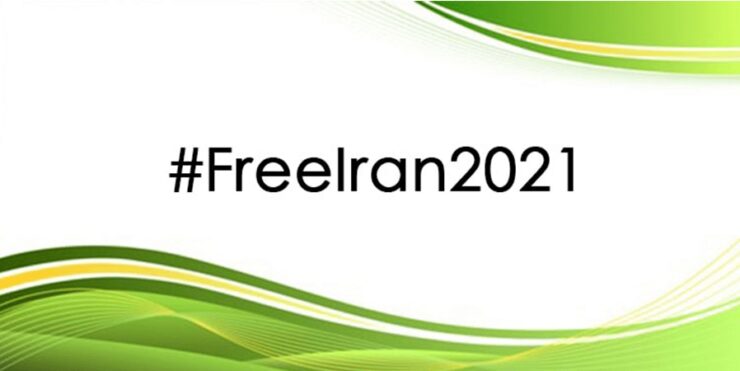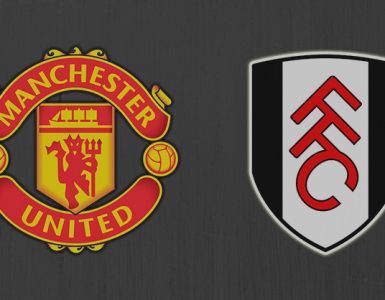This Saturday (for July 10) will mark the start of the 2024 World Summit for a Free Iran, which will last for three days.
This summit will aim to advocate a firmer policy toward the Iranian regime, including a policy of supporting the popular protest movement in Iran. The “Free Iran World Summit” will connect Iranian expatriate communities around the world.
According to the event’s organizers, more than 50,000 sites will be connected to Ashraf 3, which is home to members of the Iranian opposition, the MEKIran.
Besides of ordinary participants,1,000 political dignitaries, including 250 parliamentarians from European countries, the Middle East and Canada, as well as 30 American senators and members of the United States House of Representatives, will join the the 2024 World Summit for a Free Iran.
From the MEK Iran indicate that the summit will take place less than a month after Iran’s presidential election, and if current trends persist, it will be concurrent with protests by workers and ordinary citizens in Iran. These protests are a continuation of the activism that was manifested since the electoral parody, in the form of massive abstention from the political process. The regime’s new president, Ebrahim Raissi, actually had no serious opponents in the race. Raissi was designated by the regime’s supreme leader, Ali Khamenei, as the only acceptable choice, he is the latest instrument in Khamenei’s efforts to consolidate his power.This project has emerged in recent years as the mullahs’ regime faced unprecedented threats from within. In addition to the obvious challenges posed by economic sanctions and diplomatic isolation, Tehran has had to contend with the growing strength of the pro-democracy resistance movement.
In January 2018, Khamenei gave a speech in which he reluctantly acknowledged the social influence and organizational strength of the MEK Iran.
This message paved the way for a series of protests throughout 2018, and ultimately another even larger national uprising in November 2019. The collective rejection of the regime’s two political factions was also expressed in the boycott of last month’s presidential election.
The MEK Iran maintains an active network in Iran. Following the presidential election, the MEK Iran relied on reports from 1,200 journalists in more than 400 cities to support the conclusion that less than one in ten eligible Iranian voters actually voted on June 18.
Moreover, strikes in the petrochemical industry erupted the day after the election and were quickly followed by other major protests which reinforced the idea that the Iranians saw no prospect of a solution to their many problems under the Raissi administration.
The Free Iran World Summit will discuss recent developments in Iran. The main one is the increase in the violent repression of dissent in the country. Some of the other toppics that will be discussed at this event will include Iranian regime’s survival crisis and the Iranian people’s desire for freedom and democracy. Besides this, the ten-point plan of Maryam Rajavi, NCRI president-elect and leader of MEK Iran, will be also discussed at this event.




























